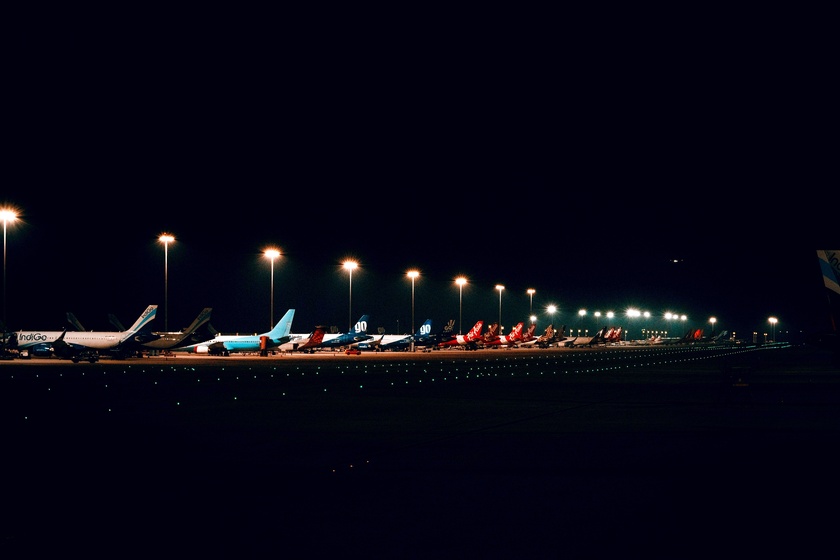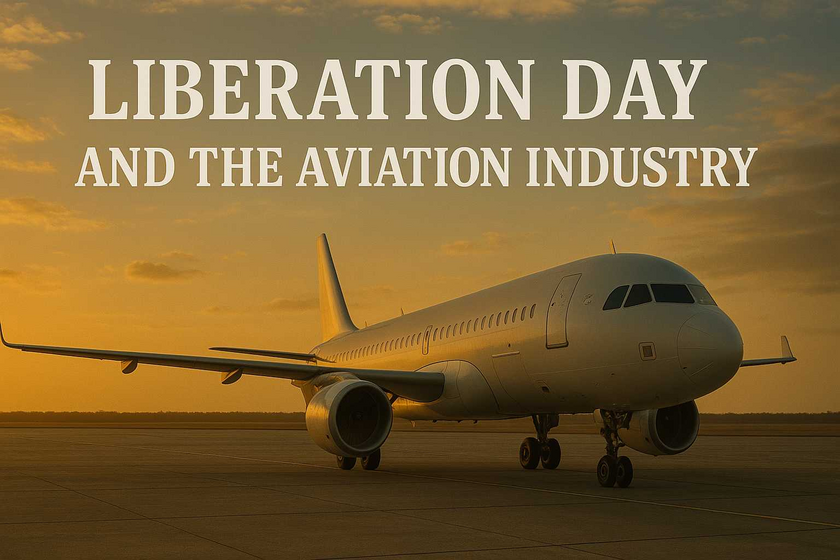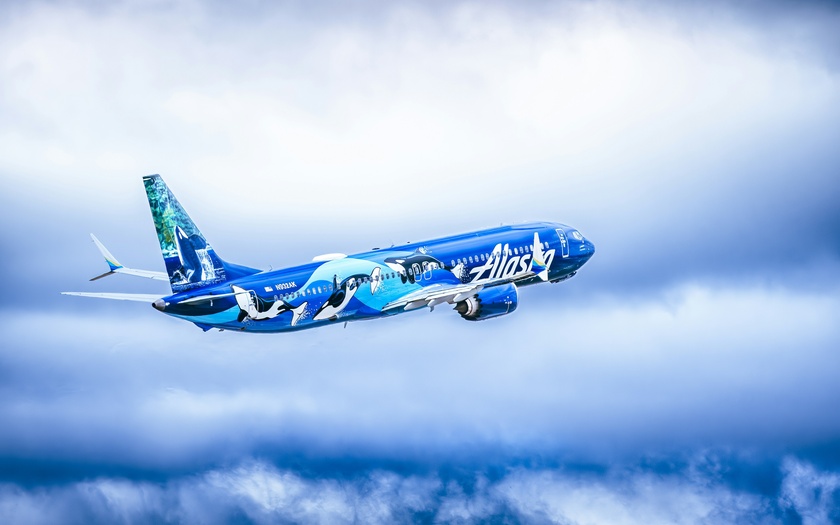
We have talked at length about the economic challenges in the wider market space and within the aviation industry to be specific. While we have been clear about the challenges to come, the factors that lead to those challenges, and how individuals and businesses may deal with those challenges moving forward, we do not know exactly when many of these things will occur. This is because no one can predict the future, but by analyzing certain factors in the market space we are confident that certain things will eventually play out.
When we talk about the economic challenges facing the economy we generally take a more theoretical perspective on what’s happening. However, in this digest we will share some stories as to how some of these challenges are manifesting themselves within the aviation industry. While the operators of these businesses will cite other factors apart from what we have discussed here in this newsletter series, rest assured, the underlying factors for many of these challenges are the very conditions we have been discussing for well over a year now.
In this week’s On Aviation™ Digest, we share some stories and articles about major challenges with at least two airlines that could lead to bankruptcy, as well as some market data try to provide an outlook as to what major airlines in the United States could be facing as we move through the rest of this year.
Mayday! How Go First insolvency could dent India's aviation sector

In aviation industry jargon, ‘Mayday’ is a distress signal made by aircraft during an emergency. It was Mayday on May 2 for Go First, the country’s fourth-largest airline by market share (after IndiGo, Air India and Vistara), when it announced its decision to make a figurative emergency landing by filing a voluntary bankruptcy resolution application with the arbitration panel, the National Company Law Tribunal (NCLT). The Mumbai-headquartered airline claimed that technical glitches with next-generation geared turbofan (GTF) engines supplied by Pratt & Whitney (P&W) had hit normal operations, grounded its aircraft and led to mounting losses. The next day, the airline also suspended all its flights, leading aviation regulator Directorate General of Civil Aviation (DGCA) to issue it a notice under the relevant provisions of the Aircraft Rules, 1937, over failure to continue operations.
By Manish Pant | Business Today
NCLT defers hearing of Wilmington's insolvency plea against SpiceJet

The National Company Law Tribunal (NCLT) on June 12, deferred the hearing of aircraft lessor Wilmington Trust SP Services (Dublin) Ltd's insolvency plea against SpiceJet. The case is likely to be hear on June 16.
When the case was called for hearing, SpiceJet's lawyers sought for adjournment to July as the senior counsel appearing for the budget airliner was not available. The tribunal, however, refused to grant adjournment to July and deferred the hearing of the case to June 16. The tribunal has also expressed an inclination to hear both the sides on June 16.
In May 2023, the Directorate General of Civil Aviation (DGCA) deregistered three planes of SpiceJet at the request of lessors, one of the aircrafts belonged to Wilmington.
By S.N. Thyagarajank | MoneyControl
Committee of Creditors of Go First Airlines replaces bankruptcy officials: Report

The creditors of Go First Airlines have replaced the bankruptcy-related officials appointed by the company, in a move to take full control of the carrier’s resolution process at the National Company Law Tribunal (NCLT), a report said.
The committee of creditors (CoC) of Go First has replaced the previously appointed interim resolution professional (IRP), process advisor and legal agency during its first meeting held on Friday, Economic Times reported.
Wadia Group’s Go First had filed for voluntary insolvency under the Insolvency and Bankruptcy Code (IBC) and was granted bankruptcy protection by the NCLT.
By LiveMint
Will These Three Airline Stocks Recover This Summer?

Airline companies have undoubtedly seen a tumultuous few years. The industry was negatively affected by the coronavirus pandemic, decreasing demand and need for flights. The Russia-Ukraine conflict has posed questions about the future of the industry and created headwinds along the way. Further, shocks to the price of oil have increased flight costs. Prior to these issues, from 2010 to 2019 airline stocks saw sustained growth. Thus, investors must consider these negative shocks as possible opportunities.
Oil prices influence several industries from industrial to consumer, and airlines are heavily affected due to the price of jet fuel, among other things. However, in a recent report, American Airlines noted that it expects higher profits going into summer amid lower fuel costs. The company estimates the average fuel price per gallon to be almost 4% lower in the second quarter compared to the first quarter of 2023. Plus, air travel appears to be returning to pre-pandemic levels seen in 2019. According to the U.S. Transportation Security Administration (TSA), around 300,000 more passengers passed through security checks over this past Memorial Day weekend compared to 2019. In addition, the Federal Aviation Administration (FAA) said that Thursday, May 25, had the nation’s highest post-pandemic daily air traffic.
By Charles Rotblut | Forbes
Note: The views and opinions expressed in the content shared in this digest are for informational purposes only, are solely those of the original content creators, and do not constitute an endorsement by or necessarily represent the views of On Aviation™ or its affiliates.
Thank you for reading this week's On Aviation™ digest. Do you believe that airlines are finally feeling the effects of the wider economic challenges? Or this is not much to worry about in the airlines it should recover soon? Please share your thoughts in the comments below. Remember to check out our On Aviation™ Podcast and continue the conversation on our Twitter and Instagram.
Orlando - On Aviation™

















